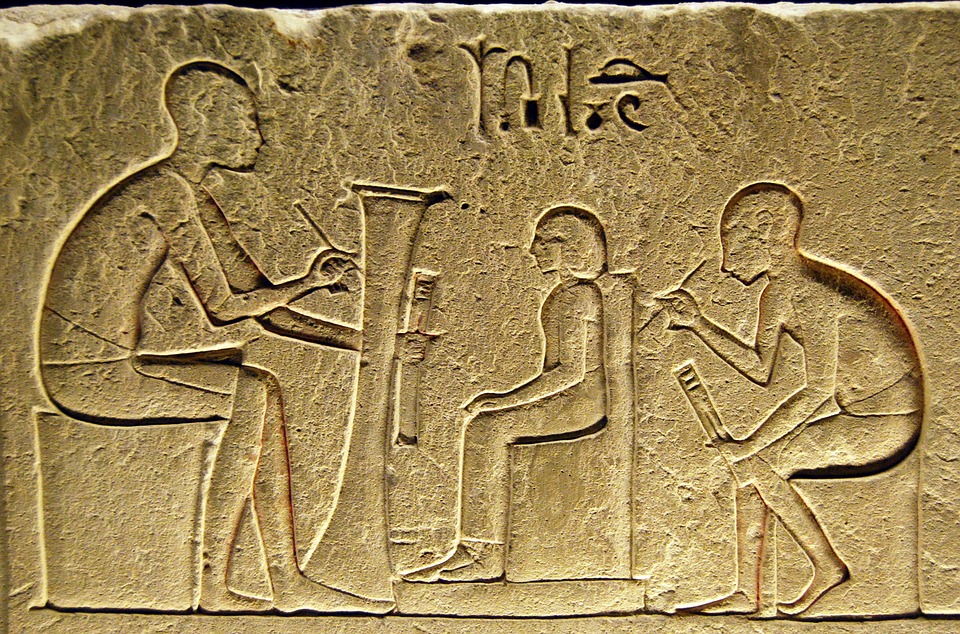The history of written language
A few weeks ago, we did a blog on the history of the English language and this got us thinking… how did written language come about? You may know about Egyptian hieroglyphics or your Greek alphabet, but the history of written language goes much deeper than that.
It’s worth noting that recording numbers came long before recording any different sort of information. This began in 4000 BC, at a time when there were between 7 and 14 million humans on Earth, and they had only just begun domesticating horses; the earliest known form of recorded numbers where marked clay tokens used for counting sheep. Around a 500 years later, the first forms of written language begin to appear, in the form of images and markings on stone tablets. It’s generally accepted that the Sumerians were the first civilization to use written language, but there have been other places that have independently conceived and developed their own forms of written language such as the Mesoamericans in 300 BC, and many believe the Chinese joined these writing pioneers around 1200 BC.
But what did these written languages look like? And why where they made in the first place? The Sumerians were the first civilization to build cities, and it is thought that the need for long distance trade gave rise to basic pictures and symbols so that tradesmen could communicate, or remember items needed from different places (the world’s first shopping lists?) or in the case of the Chinese, markings were made in small bones that were then heated ‘diviners’ would then read these markings and see the future; these markings would eventually morph into Chinese script.

Eventually these pictures and symbols would go on to be more specific, providing a precision tool for humans to communicate through the ages. Enheduanna, (2285-2250 BCE) is the first known example of an author and wrote ancient versions of poems, hymns, prayers and psalms. The Epic of Gilgamesh is the first known written recording of literature. These writings would eventually prompt an influx of written recordings to preserve culture, information and history, to be put in the Sumerian libraries.
Finally, using the tools and literature before them, the Phoenicians created the first version of the alphabet – this would heavily influence the Greek alphabet, which would then make written language more accessible to other cultures, and become the bedrock of written language for all of Europe.
